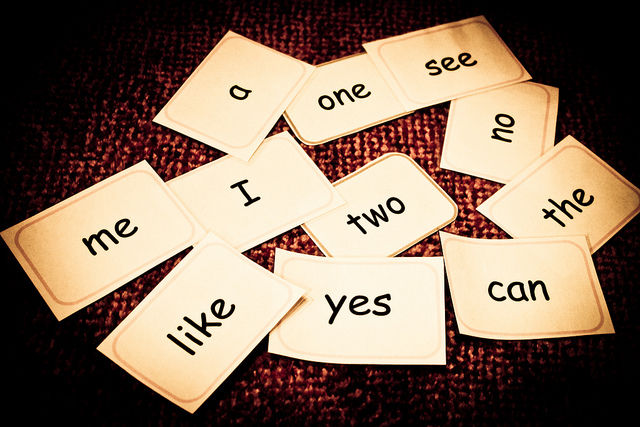MY KID KNOWS PHONICS, BUT IS NOT READING! WHAT'S GOING ON?
- Ellery Garrison
- Feb 11, 2023
- 2 min read
I get this A LOT from parents, and occasionally even from a few teachers. The first thing I do is some assessments (or talk to the parent) to see exactly where the problem lies, and almost every single time it is the same problem-there are pieces missing in their phonics knowledge. Phonics is not just learning the sound that individual letters make, but also the sound made by a combination of letters. Sometimes the students are not comfortable enough with all of their letter sounds, but more often than not they have not been taught all the sounds of the digraphs and blends (sh, ch, th, wh), vowel pairs (ea, ee, ie), r-controlled vowels (ar, er, ir, ur), silent-e rule, and most importantly: which rule within a word takes the lead (yes, there is a hierarchy).
Tactile letters made of sandpaper can help students trace the letters as they say the sounds. (Photo by Lisa Maruna.)
Now all of this must sound confusing because I know when I re-learned it all within my credential program it didn't sink in until I was fully teaching it day after day. The first thing I suggest to parents is to start again at the beginning. Start with one sound for each letter (watch for an upcoming teaching phonics article), then go on to digraphs and blends. Once the child has these down well, go on to vowel pairs, r-controlled vowels, and the silent-e rule. Once those are down, fill in the holes with items such as the sounds for /le/, /oo/ (2 sounds for this one), /ow/, etc. When these sounds are down, then comes the craziness of the English language-all of those rule-breakers! It is so sad for me to go over all of the rules, have my students start to get it, then tell them that not all of our words follow these rules! So cruel. It is best to remember that when teaching your child to read there will likely be many times when YOU have NO IDEA what sound something makes. Don't get frustrated. It is the nature of our language that not all of the rules apply to every word, just most words. Teaching children how to read takes patience, repetition, and lots of time. But the benefits of having a reader in the home are immeasurable! Start with the sounds of the letters, move on to letter combinations, and soon you will see your child able to read entire words! Let the reading begin!


Comments